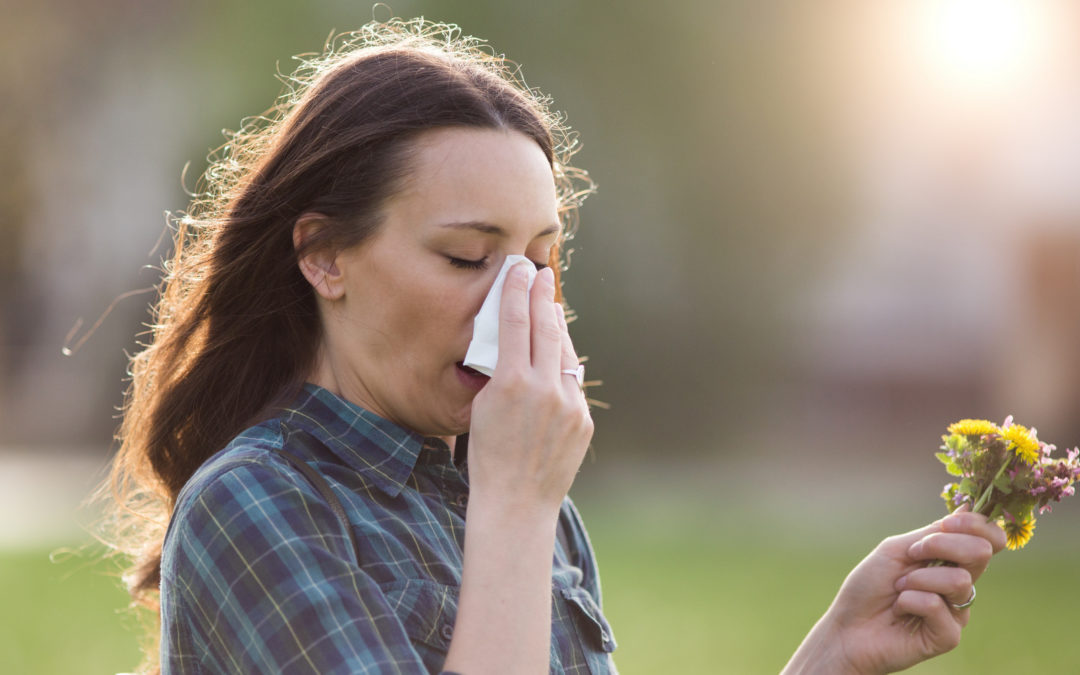Grass is one of the most common causes of allergy. Every year, grass and other plants discharge pollen to fertilize other foliage of the same types. Sadly, for folks with allergies, this pollen creates allergic reactions. So can you be allergic to your own lawn? Absolutely!
Signs of a lawn allergy include:
- Sneezing
- Runny nose
- Stuffy nose (nasal congestion)
- Itchy nose, ears, mouth, and eyes
- Watery, red eyes
- Swollen eyes
You might not see the pollen in the air. However, your body can react to even the littlest amounts.
Ways you can reduce allergic reactions to grass pollen:
Stay on top of your yard work can aid in reducing allergens like mold and ragweed. You still need to take precautions while working in your yard.
It’s imperative to keep your lawn tidy and neat to help reduce allergens. Since pollen and mold can amass on fallen leaves, you must frequently rake them. Even in the fall, you should still mow your lawn.
You should do yard work later in the day. Pollen levels are high in the morning so do yours in the late afternoon or early evening. Also, check the pollen levels before heading outside. Weather.com has tools that can aid you in tracking the pollen levels in your area.
Ragweed tends to be highest on windy, dry days. Mold is high after a rainstorm according to tree specialist. If it’s an exceptionally high-pollen day, you may want to pass doing yard work or pay a tree care professional to rake your leaves.
Finally, be sure to wear protective clothing, including eyewear, when working in your yard. Dressing smartly when you are mowing your lawn, raking leaves, or watering your garden can help reduce your exposure to pollen. Wear pants, a hat, gloves, and long sleeves to keep pollen out of your hair and off your skin.
Protective eyewear and sunglasses can aid in reducing the amount of pollen that gets in and near your eyes. Be sure to keep your gardening gloves on at all times and make sure you don’t ever touch your nose or eyes when you are doing lawn work.



